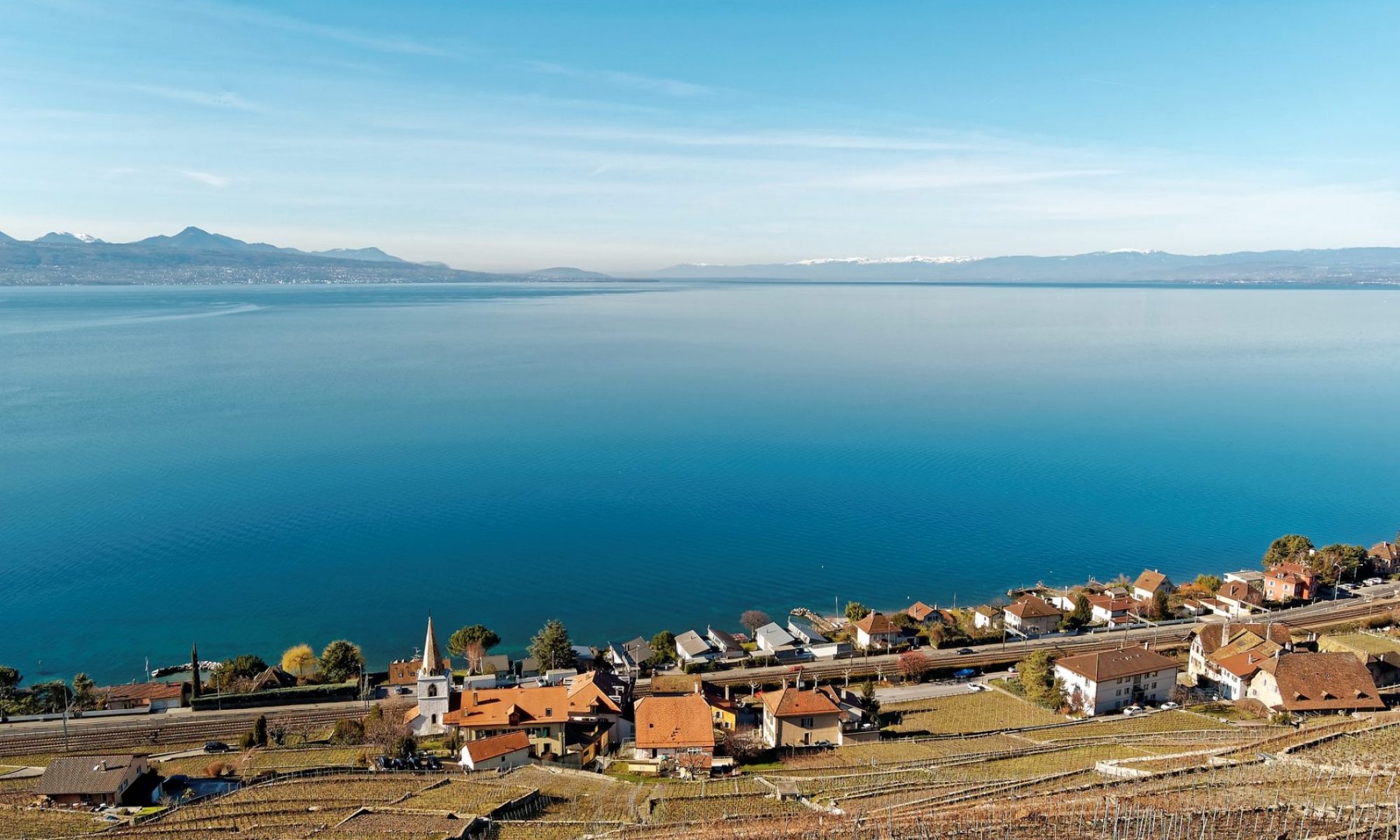Dr Janine Halder / Supervisor : Torsten Vennemann
Summary
This study presents an evaluation of the stable isotope composition of water (hydrogen and oxygen) and dissolved inorganic carbon (DIC) of Lake Geneva, a peri-alpine lake situated at the border between Switzerland and France. Its main recharge source is the Rhône River (about 72-82 %) and rivers with a catchment in the Jura mountains and pre-Alps (about 21 %). With a surface area of 580 km2, a volume of 89 km3 and a maximum depth of 310 m, evaluation of the circulation and mixing processes within the lake is challenging. The research goal is therefore to use vertical and seasonal variations of the isotopic compositions to evaluate mixing processes, the dispersion of water sources and with that the origin as well as dilution of micropollutants.
Depth profiles were sampled at different locations throughout Lake Geneva on a monthly and seasonal basis over the course of three years (2009-2011). The results of the oxygen isotope compositionsindicate a Rhône River interflow, which can be traced at least for about 55 km throughout the lake during summer. The interflow is 7 to 15 m thick and a simple isotopic mass balance allowed to quantify the molar fraction of Rhône River water, which may amount up to 37 %. Calculated density of the water and measured isotopic compositions demonstrate that the interflow depth changes in conjunction with the density gradient in the water column during fall. The results based on stable isotopic compositions of water thus improved the understanding of the circulation of water within the lake.
The results of the stable carbon isotope composition of dissolved inorganic carbon (DIC) could confirm the outcome of previous studies, which suggested that photosynthetic CO2 uptake and respiration only may not necessarily determine ?13CDIC values in lakes. As the partial pressure of CO2 is well below atmospheric equilibrium from spring onwards Lake Geneva is thus taking up CO2 from the atmosphere between spring and fall and emitting CO2 to the atmosphere during winter.In comparison to previous studies a progressive 13C depletion due to remineralization and calcite dissolution can be observed in the hypolimnetic layers of Lake Geneva as the lake had no complete overturn for 5 years. The study provides a large data set of seasonal and annual ?13CDICvariations in a large lake and it is therefore a foundation for paleolimnological studies as well as the DIC cycle within Lake Geneva and large lakes in general.
In the Bay of Vidy the stable isotope compositions of water and dissolved inorganic carbon could trace the mixing of 3 different water sources (wastewater, stormwater, and Rhône River water). It allowed furthermore to quantify its fractions, and with that the potential origin and dilution of micropollutants.
Publications
Halder J. 2013. Tracing of the Rhône River, wastewater, and mixing within Lake Geneva: stable isotope compositions of water and dissolved inorganic carbon. PhD thesis. Université de Lausanne, Lausanne, Switzerland.
